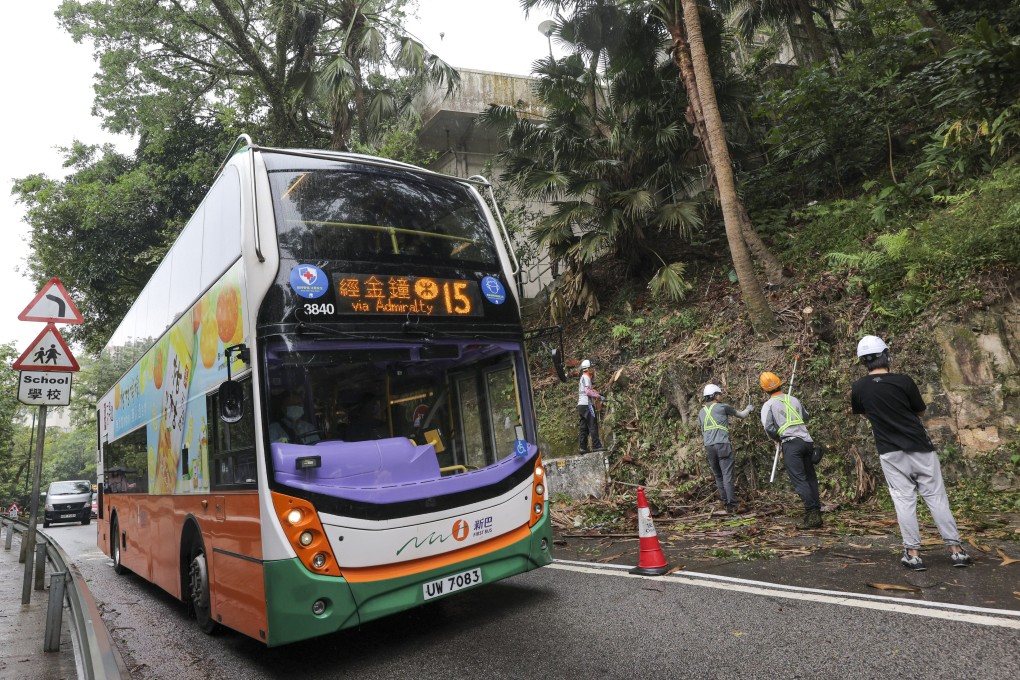Opinion | Hong Kong can prevent deaths from falling trees with better government coordination
- Those responsible for dealing with dangerous trees have received more staff and advanced technology in recent years, but poor internal coordination is keeping the problem from being solved

However, accidents involving falling trees have been a regular occurrence for years. Why does this continue? Is it because of insufficient staffing or advanced technology? Rather, the cause could be poor internal coordination.
Different government departments are responsible for managing trees in government facilities. By the end of 2021, more than 1.5 million trees in areas with high pedestrian and vehicular traffic, coordinated by the TMO, were under nine core departments. These include the Highways Department and Leisure and Cultural Services Department – each managing more than 550,000 trees – as well as the Architectural Services Department and the Water Supplies Department, which manage 145,000 trees each.
A 2015 Development Bureau study found large staffing shortages in the horticulture industry and projected that an additional 2,000 staff would be needed by 2018, more than half of whom would be skilled workers. The government set up an education subsidy scheme, and more than 18,000 people have attended training.
Looking at the numbers, there should be no staffing issues. However, the increased workforce has not reduced the incidents involving falling trees. From 2018 until the end of October 2022, there were at least 200 individual tree failures per year and as many as 350 one year.
Meanwhile, the government has adopted advanced technologies to aid tree assessment, aerial photography for inspections and more. Last year, the Development Bureau took over a smart system by Polytechnic University for monitoring tree conditions.

